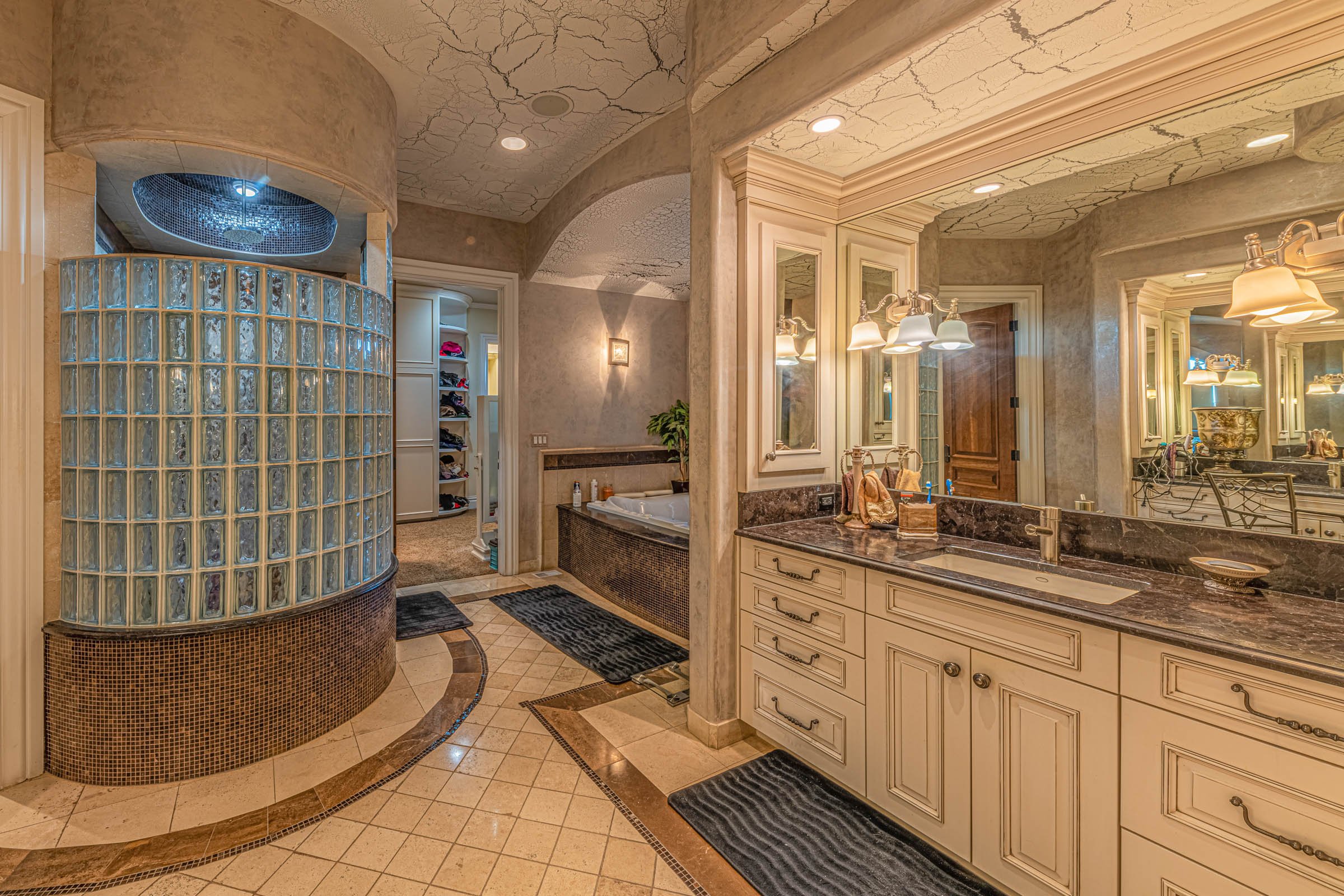Photography by Kenny Rhodes
The Benefits of Hiring a Professional Architectural Photographer
The goal of any Real Estate professional is to sell a property as quickly as possible for the highest price possible. Even under the best market conditions of low interest rates and high demand, this can sometimes be quite a challenge. Especially for high-end properties. Making your listing look as appealing as you can probably means reaching out to a Professional Architectural Photographer as part of a broader overall process.
Taking some reference photos for your own information is pretty standard, but then using these images for the listing is more likely than not to cost you in the long run, maybe exponentially more than the cost of a professional photoshoot.
An iconic 12,000 square foot home in the Liberty Point neighborhood was listed for three years, initially offered at $1.2 million with the first agent, after a year on the market the property was handed to another agent and the price was reduced drastically. That agent used the same photos taken by the first agent, and these photos are by any reckoning among the worst ever taken. See what I’m talking about here.
What’s wrong with these? Set aside the desaturated colors, crooked angles, and potato-level resolution, what these photos (as well as the 50ish others not included) also have in common is neglecting to show the size and grandeur of the space.
The difference couldn’t be more clear.
So what if you didn’t spend decades perfecting your photographic talents? You mastered the art of selling properties. Trust me, when done correctly, the latter is far more profitable most of the time.
So leave the specialty work to someone specialist in it. Your friendly neighborhood real estate photographer.
Go from this
…who’s the prettiest one of all?
To this
Isn’t that better?
When the second realtor failed to sell this home, the homeowner called in a third. And she called me. A few months after my photos were published with the new listing, which was listed much higher at $1.85 million, the property went into contract for $1.85 million.
Of these two thumbnails, which would you click first?
I bet you can guess which draws more inquiries and walkthroughs.
The differences between these photos aren’t just talent and technology, it’s also a bit of a complicated process to get a photo like what myself and other professional photographers can offer. That’s because these are HDR, or High Dynamic Range. Dynamic range refers to the light that can be processed by a biological eye or an image sensor on a camera.
The levels of light are measured in “stops”, each increase in stops indicates a doubling of the amount of light that can be clearly detected. The average human eye can see 11-14 stops of light at a single glance, this is like what you see in a well-lit room with abundant windows and artificial light alongside varied furniture pieces which have around them varying levels of shadow. You enter the room and you can see clearly the outside of the windows and still make out details in the shady areas of the scene.
If you’ve ever tried to photograph a friend or family member in a dark room in front of a window, you’ll be familiar with the much lower Dynamic Range that your average camera/phone is capable of processing into a single shot, which is around five to seven stops. Either your subject will be properly exposed and the window will look like a white void, as though you were documenting a visit to purgatory; or your subject will be lost in shadow while the view outside the window is exposed well. HDR photography is the mixture of the two.
This technique involves taking a range of different exposures of the same scene and combining all the properly exposed elements into a single image. Nearly all of my interior photography is at least nine frames of various exposures combined with two or more shots with a flash and often more than that. Usually it’s nine plus two more than the total of windows in each scene. All of these are then carefully blended in several photo editing applications in a process that takes between 20 minutes and an hour for a completed image. The final product looks less like a snapshot with a cellphone and more like real life (if not a little better). If you, as a real estate professional, have that kind of time then you’re probably dropping the ball somewhere else…or you need to get more sleep. Either way, you’ll be much better off with a professional photographer carrying that burden for you.












